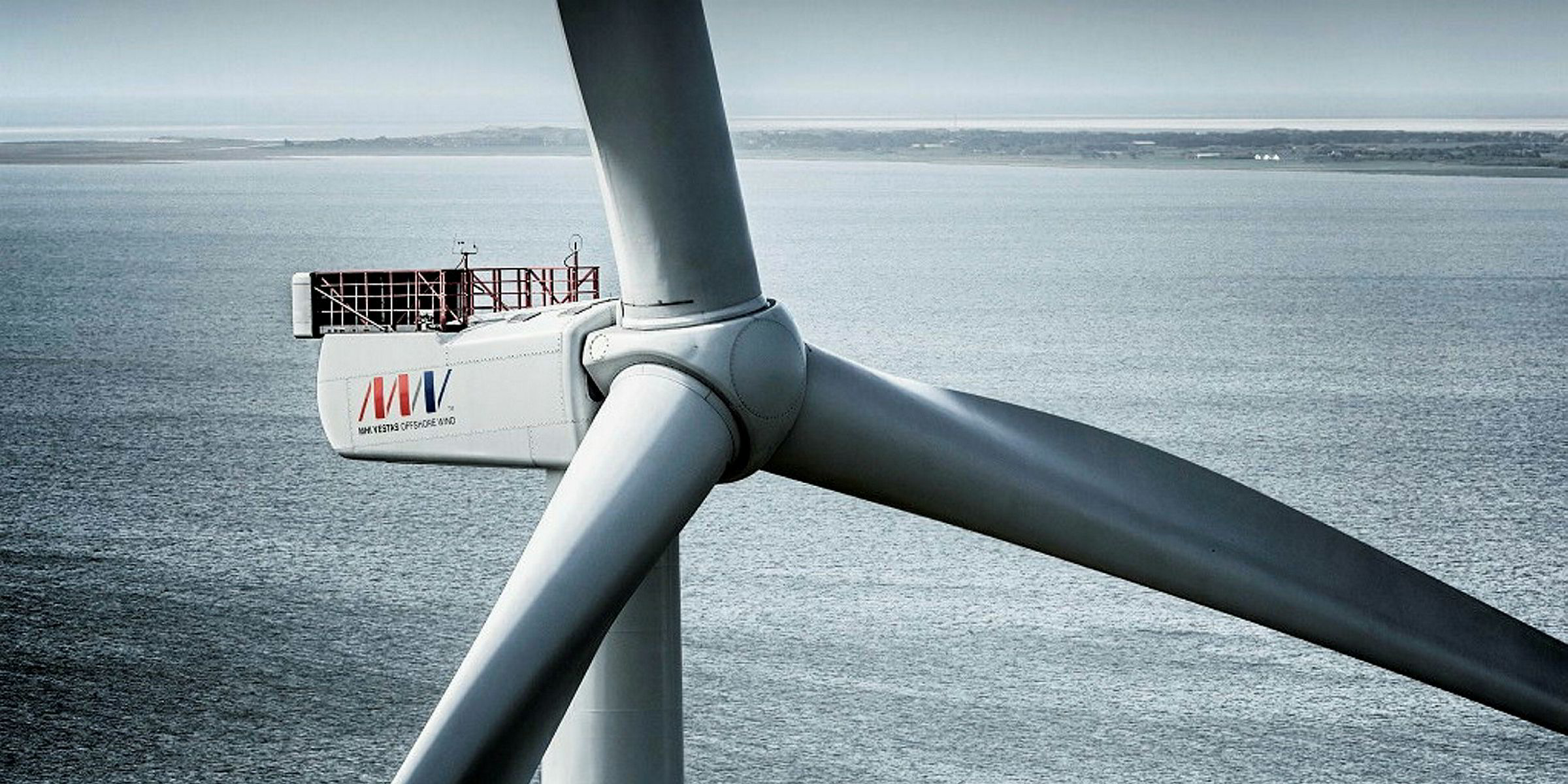Offshore wind turbine maker MHI Vestas plans to open its first US office next year and will begin engaging with the American supply chain in a much bigger way.
MHI Vestas, owned by Denmark’s Vestas and Japan’s Mitsubishi Heavy Industries, announced plans on Tuesday to invest $35m to begin testing its largest offshore turbine model, the V164-9.5MW, at a South Carolina facility owned by Clemson University.

